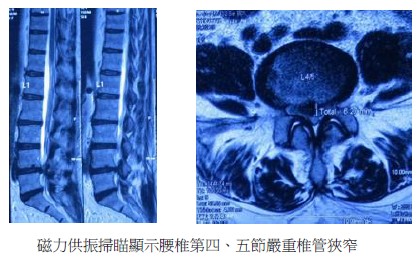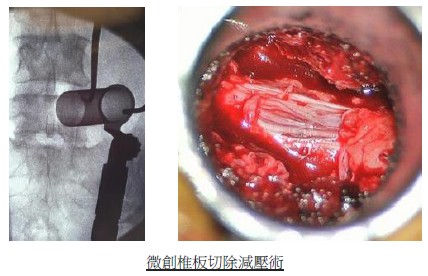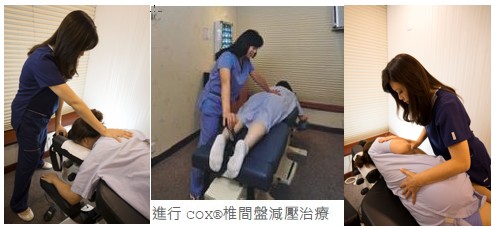
Treatment of foot pain and numbness after spinal surgery
Case Sharing
Ms. Tse, who is 60 years old, has suffered from low back pain and foot numbness for many years. Two months ago, she began to feel the pain in her feet. She also found that every time she stood or walked for about ten minutes, her right foot became weak and problematic (neurogenic claudication). The MRI scan showed severe spinal stenosis in the fourth and fifth lumbar vertebrae compressing the cauda equina (Figure 1 and Figure 2), and was referred to a neurosurgeon for surgical evaluation.

Minimally Invasive Spine Surgery
After evaluation and examination by the doctor, it is believed that the patient should be treated with minimally invasive surgery for the symptoms of spinal cord compression. Because the patient’s foot weakness seriously affects daily life, and because the compression of the cauda equina will continue to affect the function of cauda equina syndrome, surgical treatment is more effective. The operation uses a minimally invasive laminectomy and decompression. After the entire lamina is removed, the pressure on the spinal cord is reduced and the patient’s symptoms are greatly improved.

Surgical therapy and care after surgery
1) Surgical therapy:
The purpose of surgical treatment is to relieve the symptoms of nerve compression and avoid more serious damage to the compressed nerve. The serious symptoms of the patient are as follows, so the necessity of surgery should be considered.
- i) Unbearable or no medication can relieve low back pain and foot pain.
- ii) Severe impact on daily life or incontinence, (called cauda equina syndrome)
iii) Continued treatment for more than 6-8 weeks cannot relieve pain or numbness.
- iv) During continued treatment, nerve defects are still found.
2) Postoperative health care treatment
The purpose of health care treatment is to help patients relieve postoperative pain and leg numbness and to help restore the functional activities of the spine. Cox® Decompression Manipulation regardless of clinical or validated research (www.coxtechnic.com), can help patients with herniated disc or postoperative back pain to improve their symptoms. Generally, patients can receive Cox® Decompression Manipulation for 6-12 weeks after surgery. If the patient has undergone spinal fusion surgery, treatment can be started 12-16 weeks after surgery.
The difference between COX® Decompression and traction therapy
During the COX® disc decompression treatment, the chiropractor will decompress the vertebral section of the patient’s herniated disc or the vertebral section that has undergone surgery. In the process of decompression, it can take away the inflammatory substances produced by the vertebral segments, increase blood circulation in the affected area, and accelerate the healing of the affected area. Multi-directional decompression is performed during the treatment so that the cartilage joints of the low back can rebuild the ability of movement. Coupled with correct posture and exercise, patients usually have sciatica or postoperative symptoms greatly improved 4 to 12 weeks after treatment.
Traction is also a type of decompression manipulation. Unfortunately, the design has only a single direction of tension, and the elongation force will be concentrated on the entire row of lumbar spine. Compared with COX® decompression manipulation, only the intervertebral disc is protruded or operated on. On the vertebrae, the pressure is effectively controlled without affecting other normal vertebrae. On the contrary, although traction treatment needs to increase the elongation force to deal with the protruding vertebrae first, this will cause other normal vertebrae to be over-pressured, and it will also disturb the somatosensory nerve endings (propioceptor) in the normal lumbar muscles. The muscles are tightly stretched too much. This is the reason why some patients cannot walk with the lumbar spine straight after traction or have worse low back pain. Traction is also not suitable for patients undergoing intervertebral disc surgery, because excessive elongation will affect the stability of the postoperative vertebral segments.


 Book an Appointment
Book an Appointment


